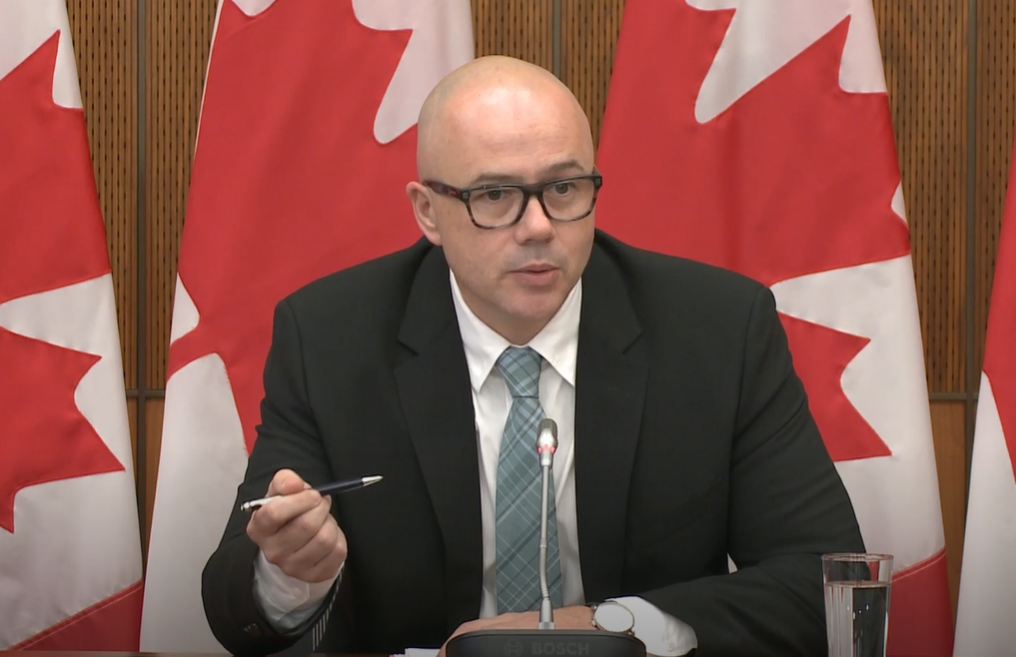Canada’s public service has reached 98.4 per cent pay accuracy as it prepares to replace the troubled Phoenix system, but officials say many remaining errors stem from managers failing to input leave and transfers on time rather than payroll system failures.
Alex Benay, associate deputy minister of Public Services and Procurement Canada, said more than 70 per cent of overpayments are caused by managers not approving transactions in the system, not by payroll processing errors.
“When an employee goes on leave without pay, but their manager doesn’t input that leave into the system, the employees pay continues as normal, causing an overpayment,” Benay said during a press conference in Ottawa on Oct. 29. “That’s not a pay issue. That is an HR management issue.”
The government is halfway through a dashboard reporting period that runs from April 2025 to June 2026, tracking progress on commitments to improve HR and pay services across federal departments.
Dayforce configuration progressing
Officials have completed 50 per cent of the configuration work for Dayforce, the system replacing Phoenix. Data integration for two pilot departments — Shared Services Canada and Public Services and Procurement Canada — has reached a 96 per cent success ratio, according to Benay.
“If you’ll recall, with our previous Phoenix system, we did no data integration or data testing,” he said. The testing approach aims to avoid the failures that plagued Phoenix when it launched.
The government plans to begin parallel payroll testing in June 2026, with the first three departments onboarding to Dayforce starting in late May 2026.
Automation lags behind schedule
Artificial intelligence tools have processed only 6 per cent of the targeted 160,000 cases so far, Benay said. He reported the AI program as behind schedule, though he noted the timing of the announcement meant it missed capturing recent progress by one week.
By December, officials expect AI automation to handle approximately 135,000 of the promised 160,000 cases annually, Benay said. The program shifted focus six months ago from managing backlog to controlling intake of new cases.
Shifting accountability to departments
Starting in January, the government will send certain transaction types back to departments rather than managing them centrally through the pay centre. Overpayments will be among the first transactions returned to departmental control.
“We’re kind of putting the accountability back where it belongs,” Benay said.
Officials are analyzing 1.6 million transactions that reach the pay centre to identify the exact source of errors. By January, they expect to provide a full breakdown of where issues originate.
Benay cited employee transfers as another example where delays get misclassified as pay problems. When outgoing or incoming departments fail to process transfer paperwork, the transaction can remain pending for months or years before reaching the pay centre.
“We end up getting it a year later, and then it’s labeled a pay issue,” he said. “It’s not a pay issue.”
The approach aims to keep compensation advisors focused on actual payroll processing while departments handle HR management tasks. Benay characterized the current pay accuracy rate as strong, though he acknowledged compensation advisors still make some mistakes that get caught and corrected.





